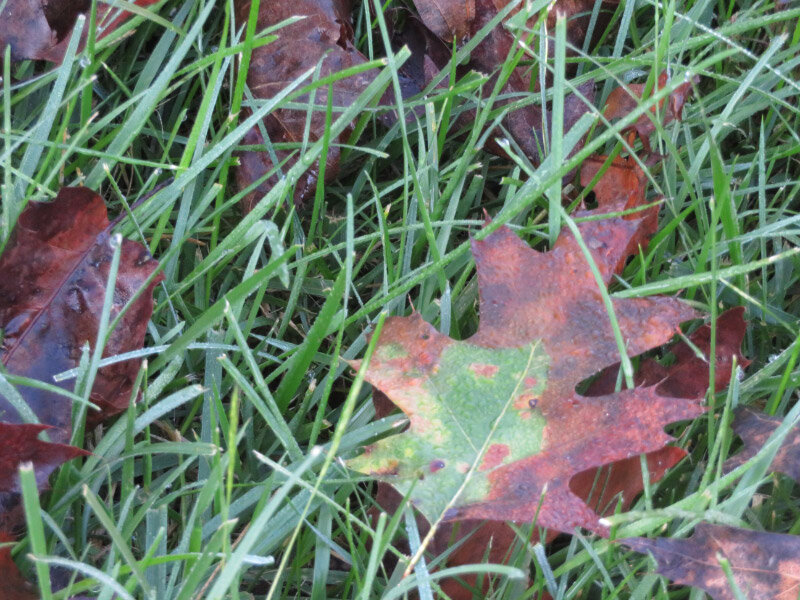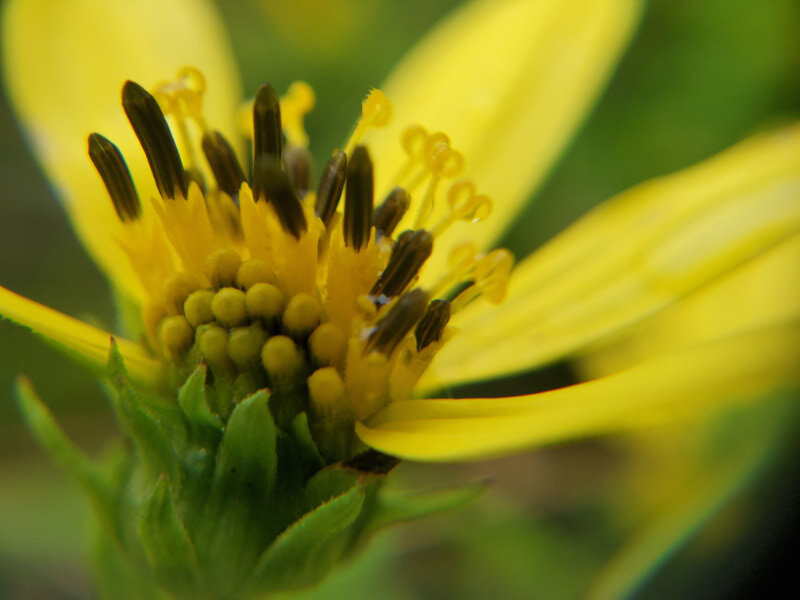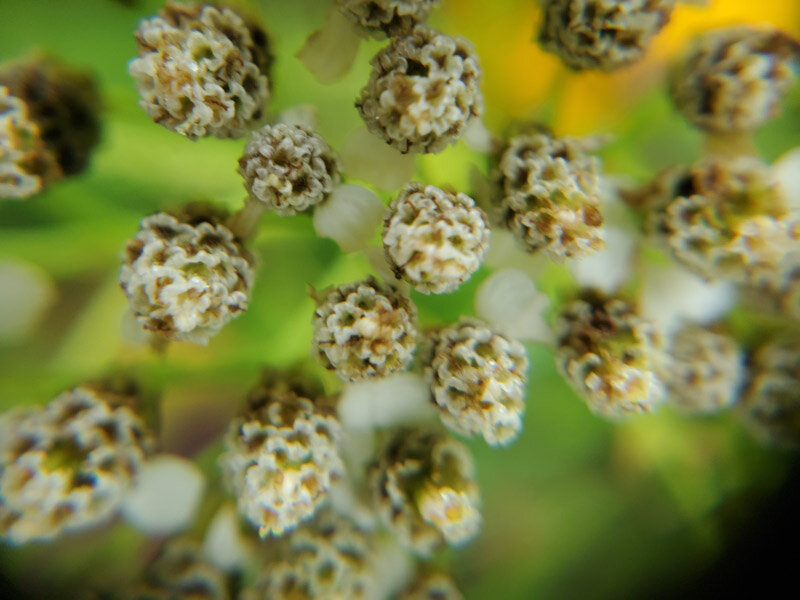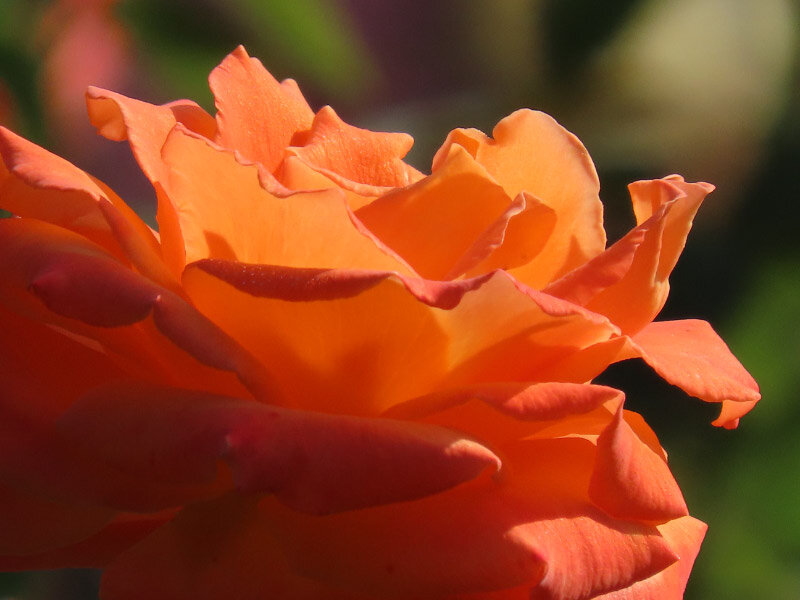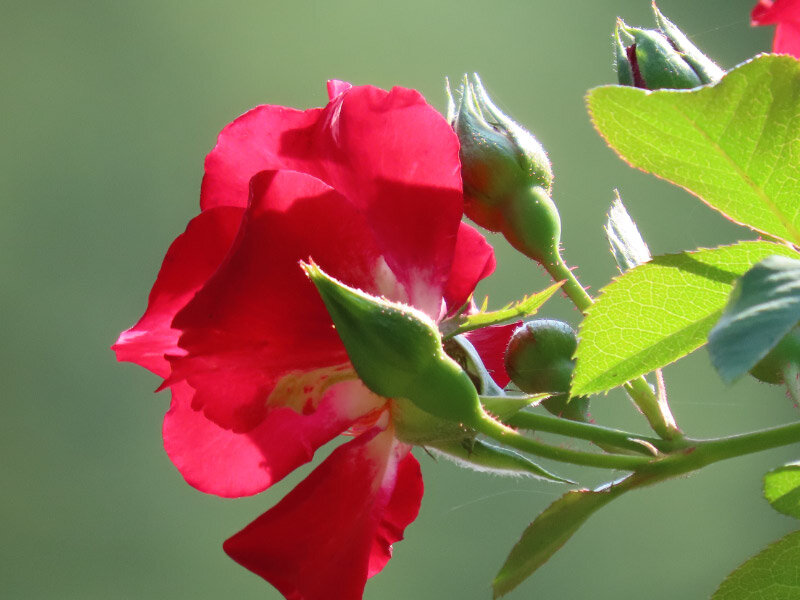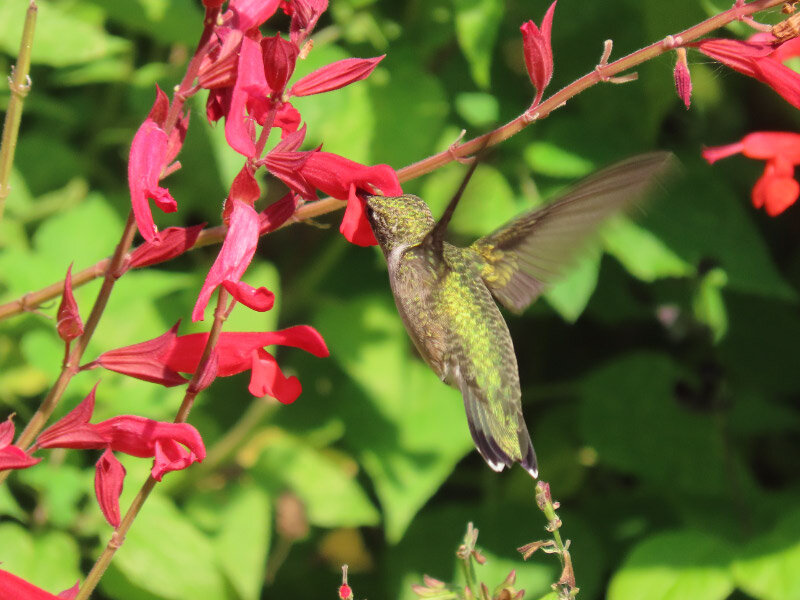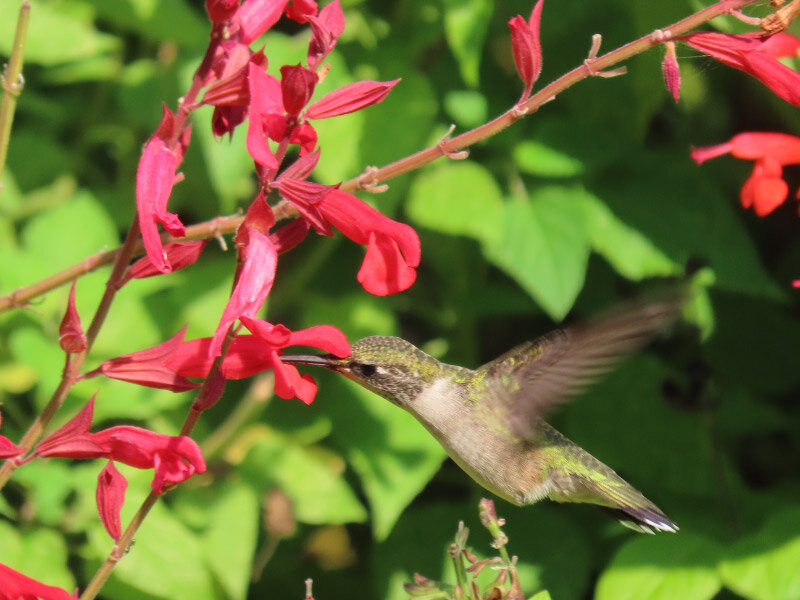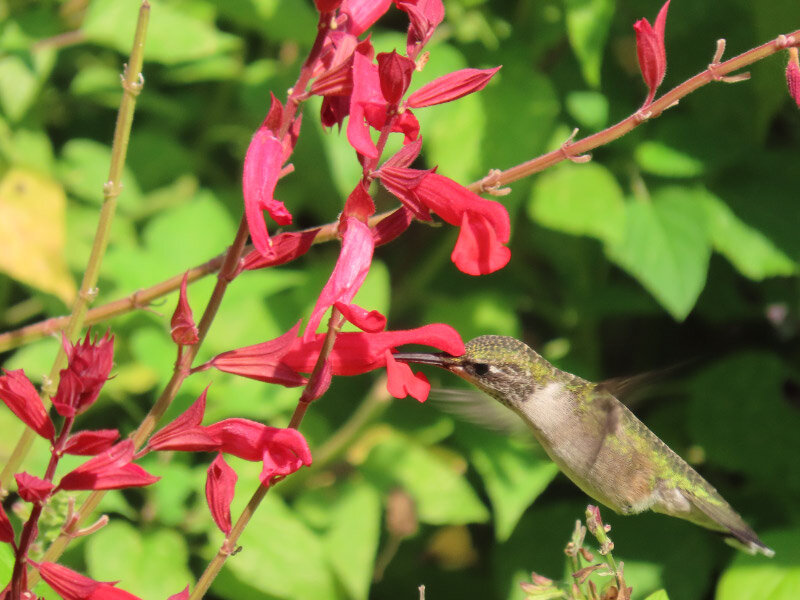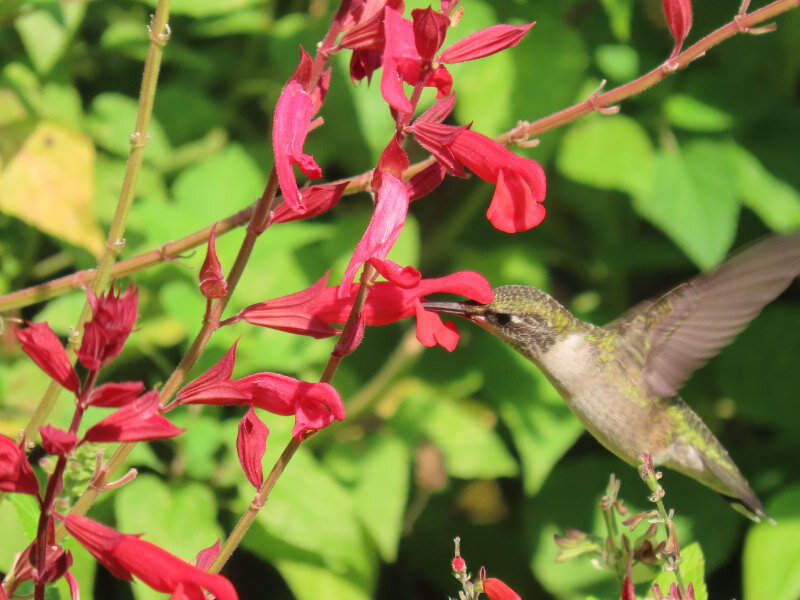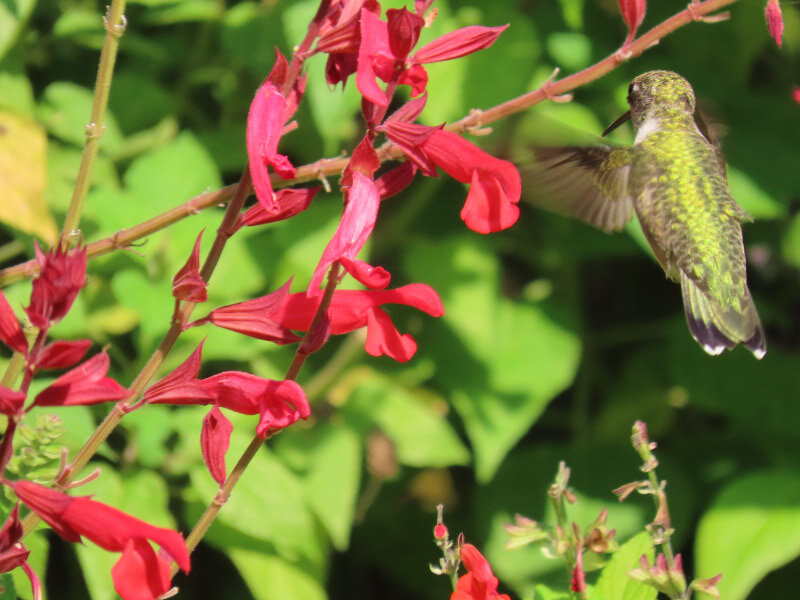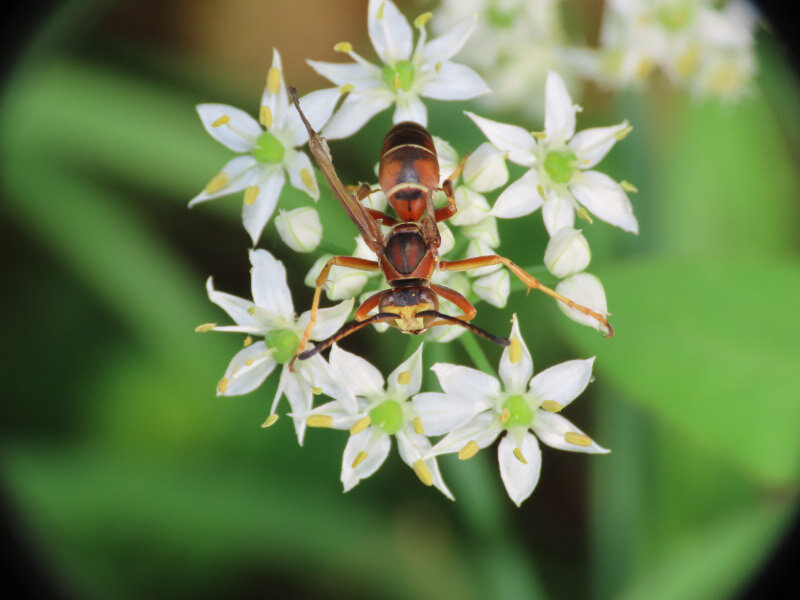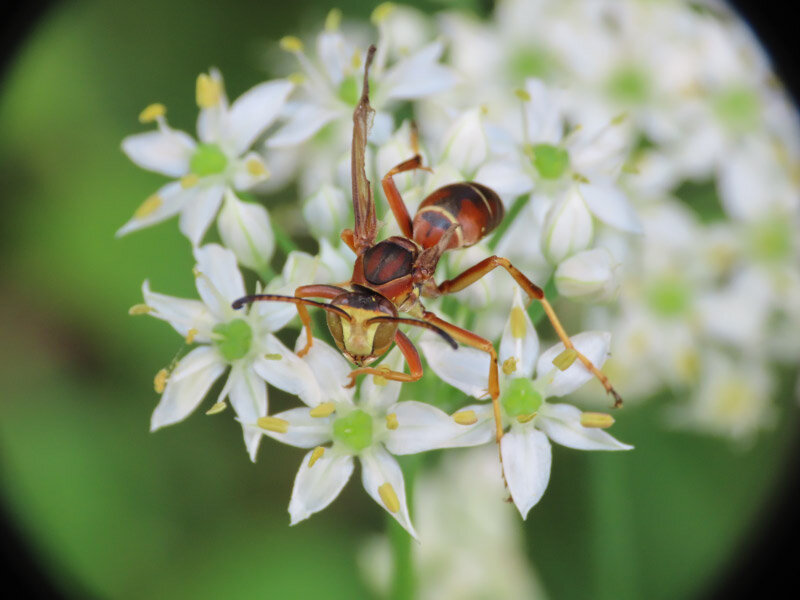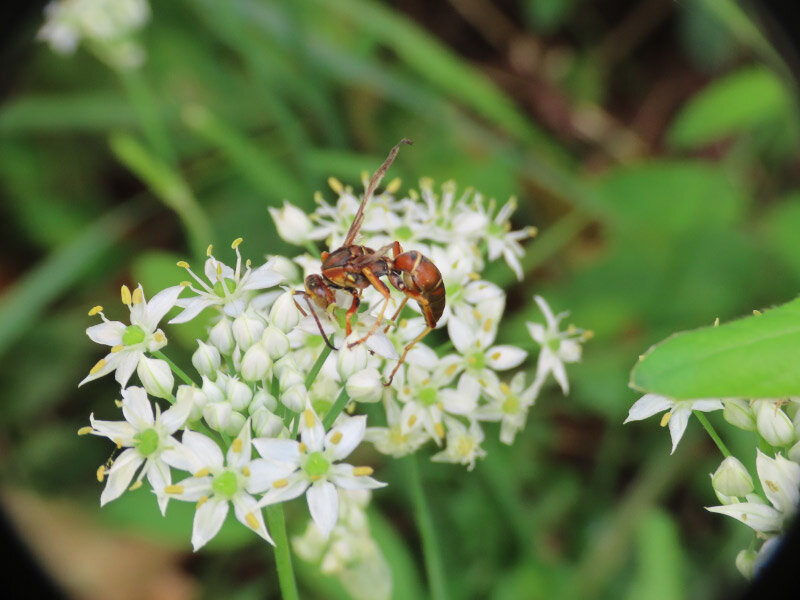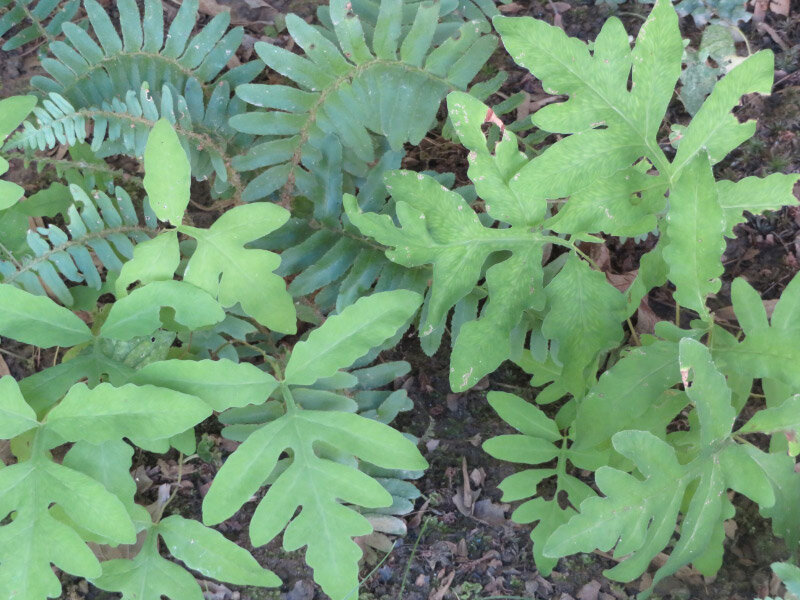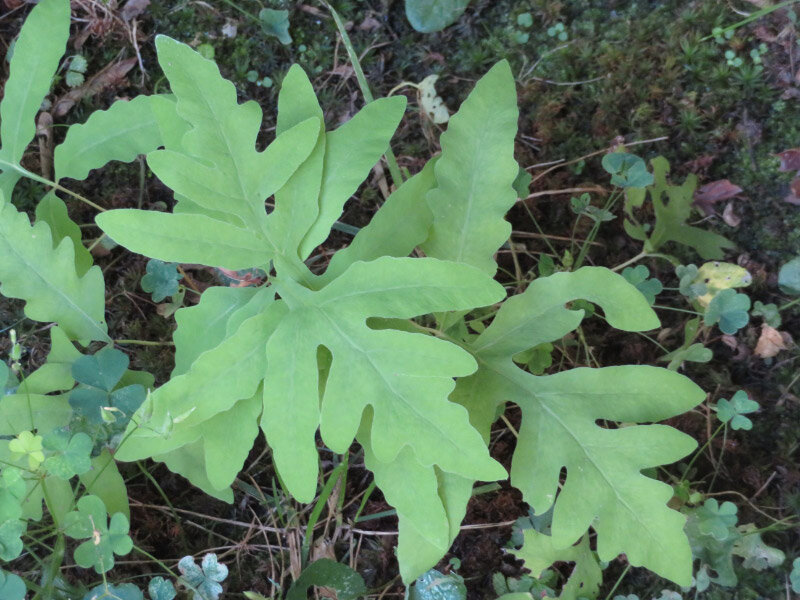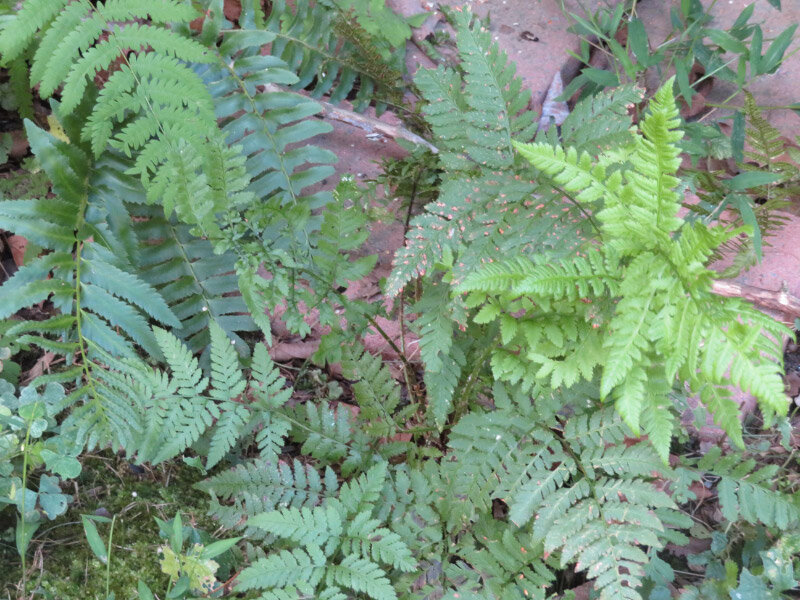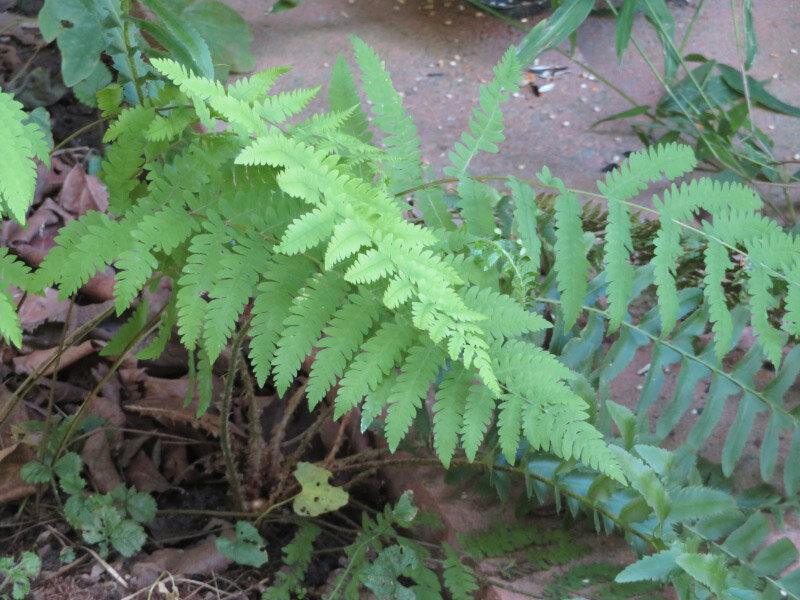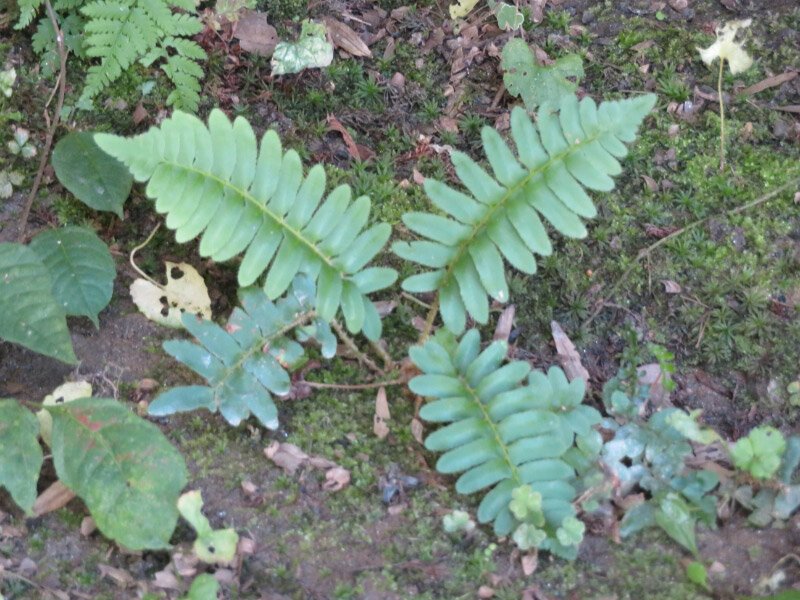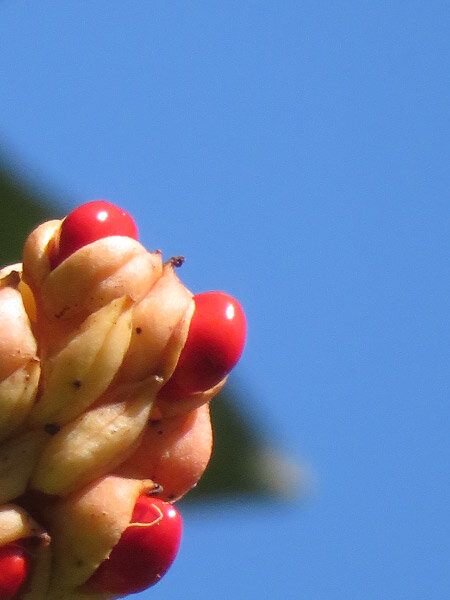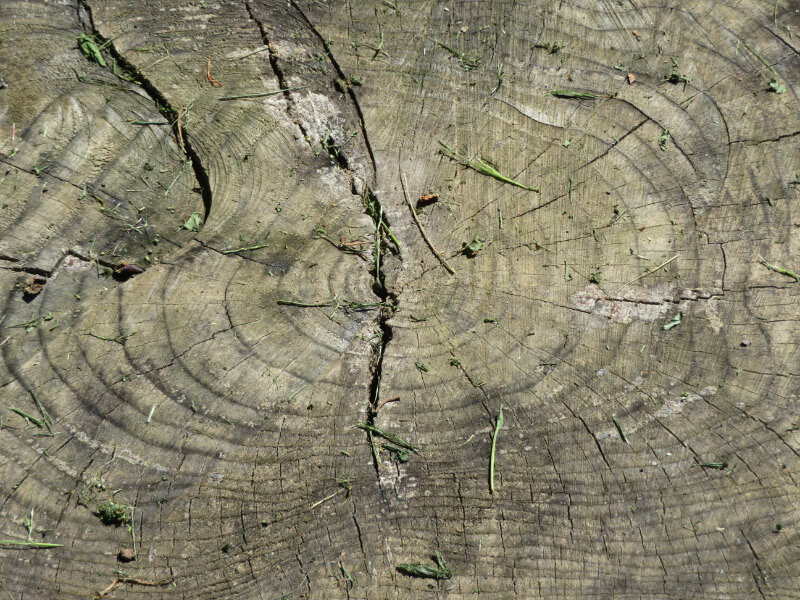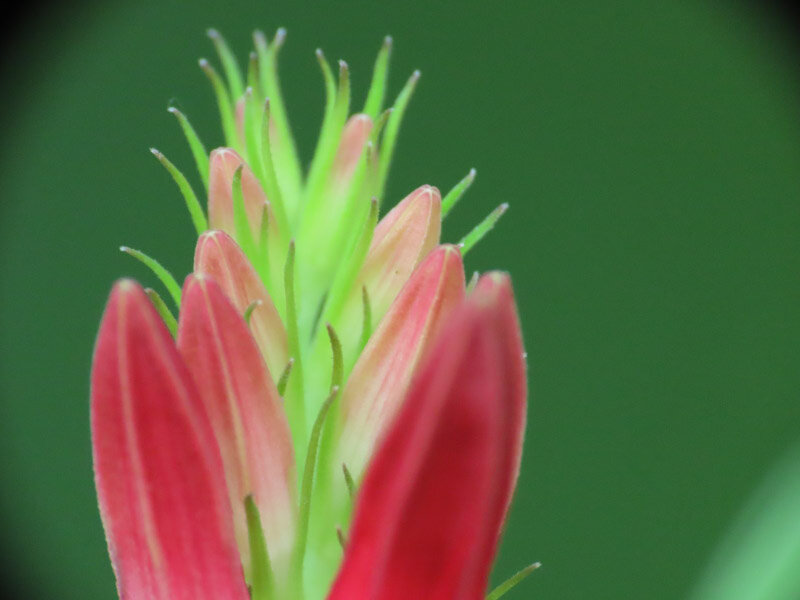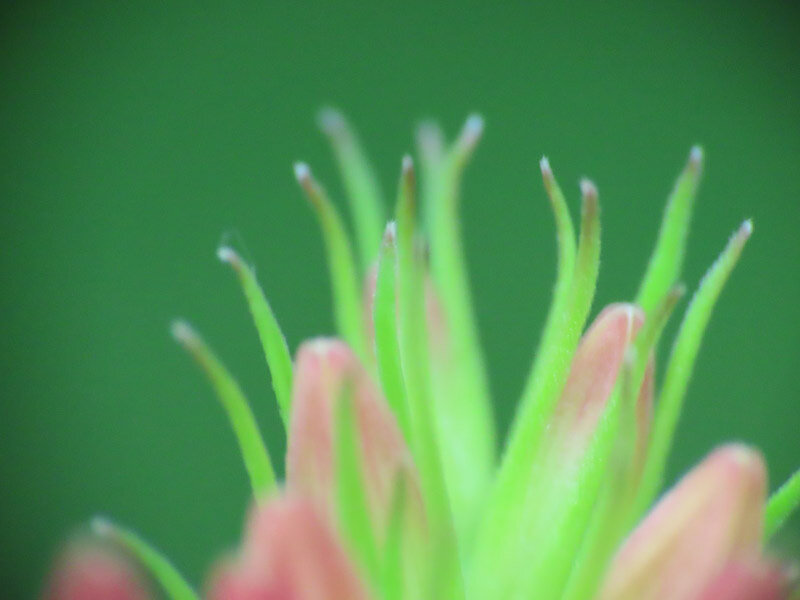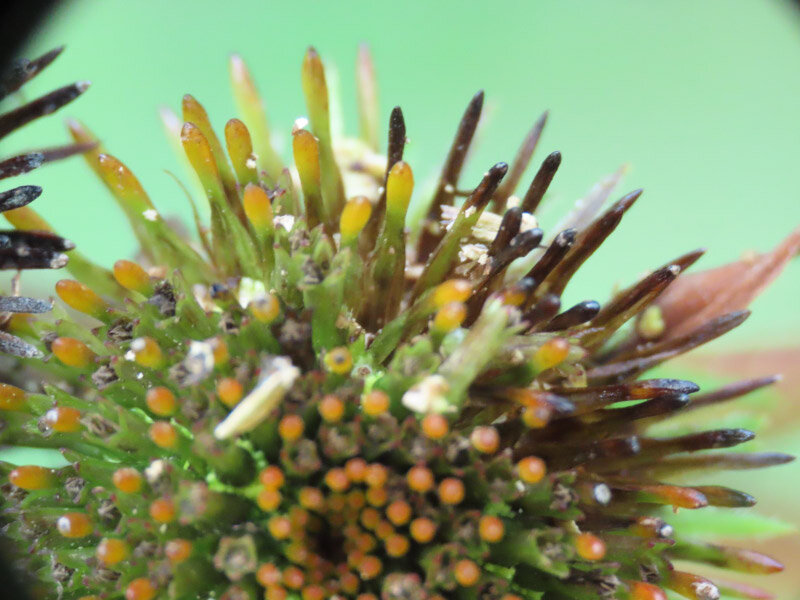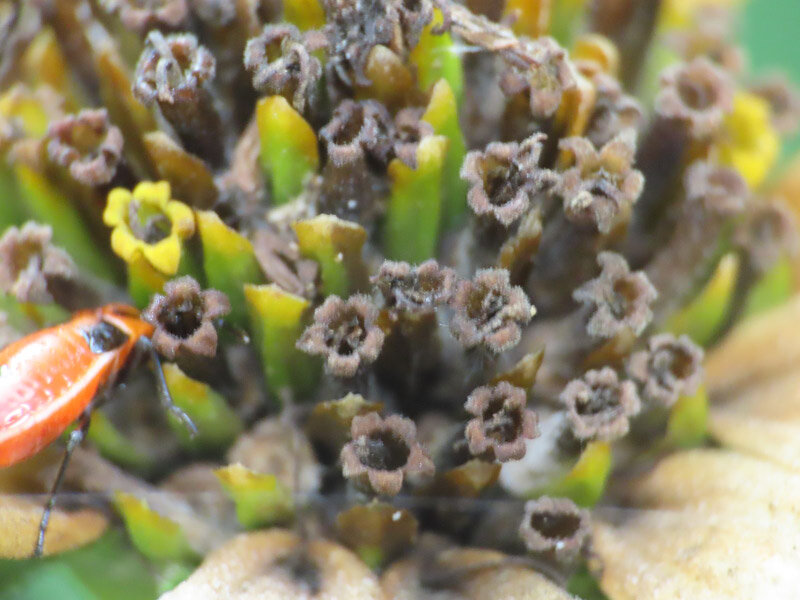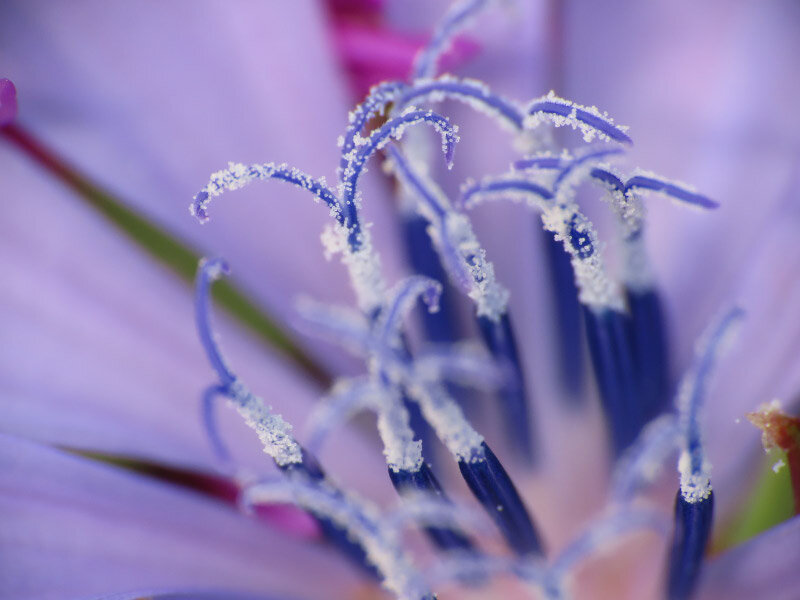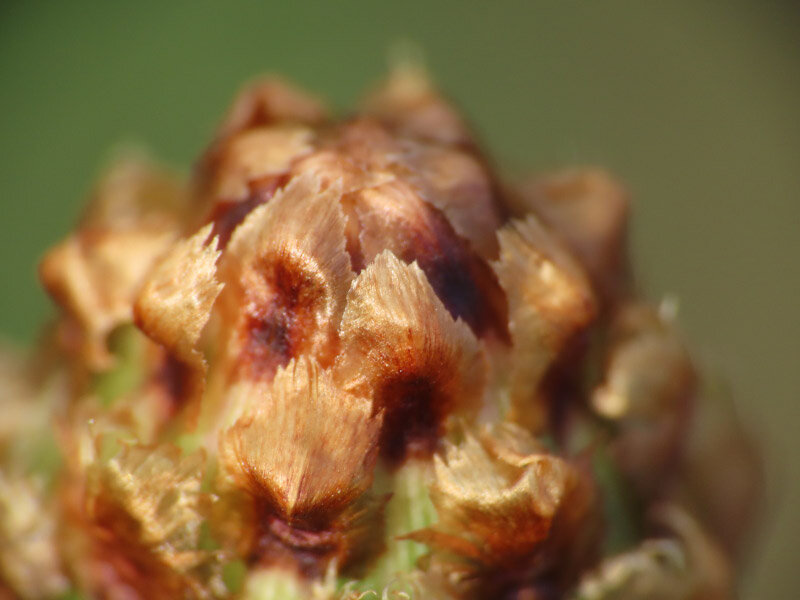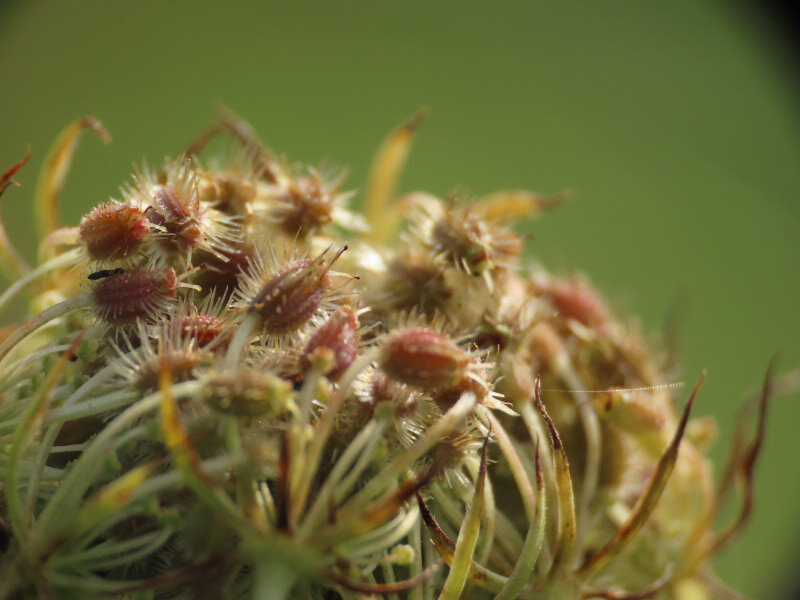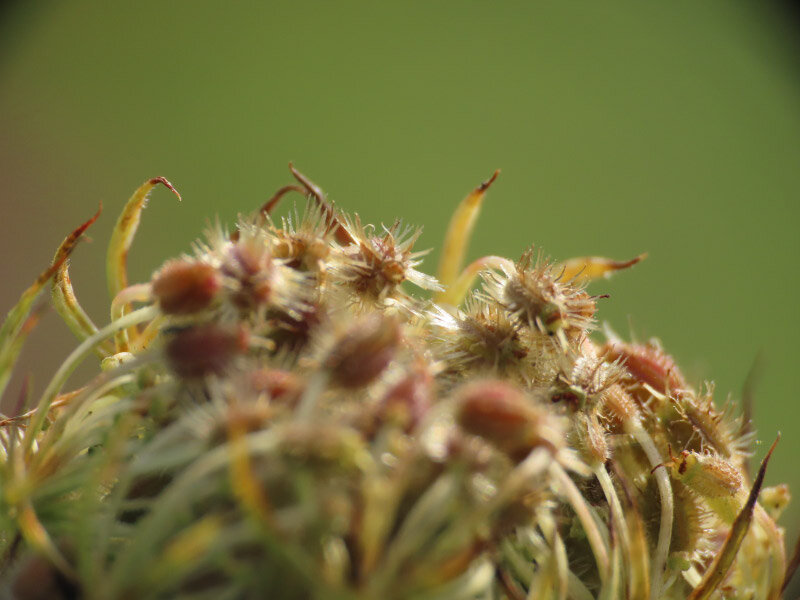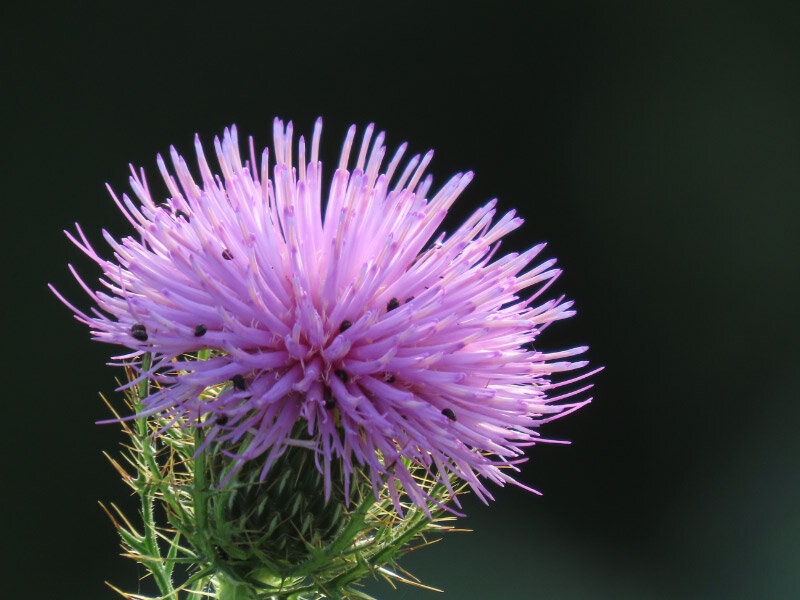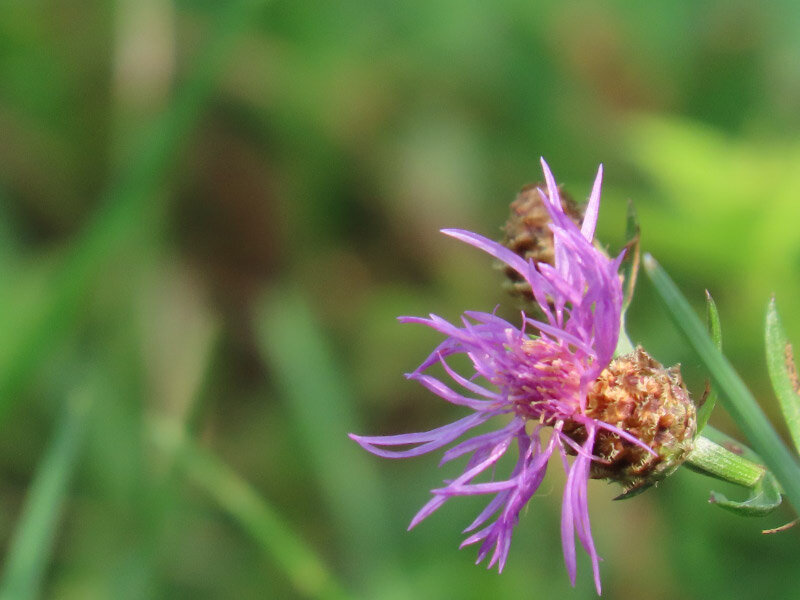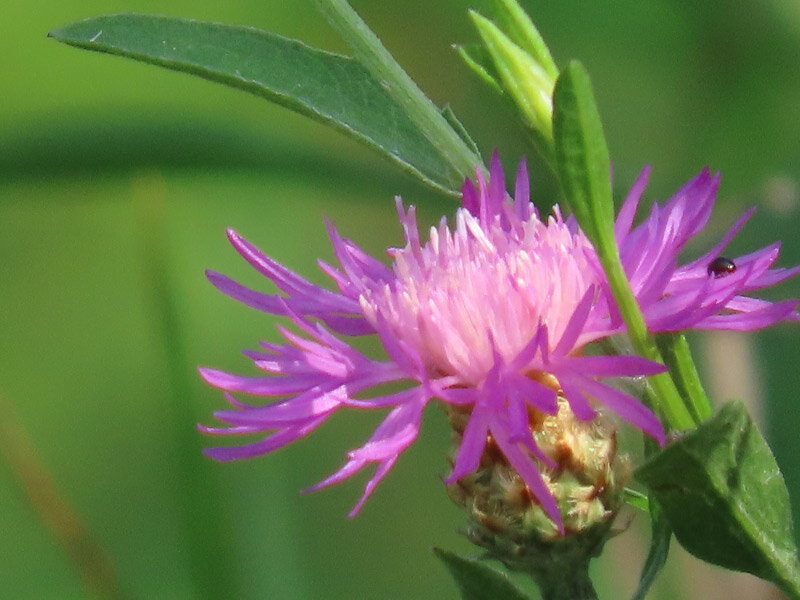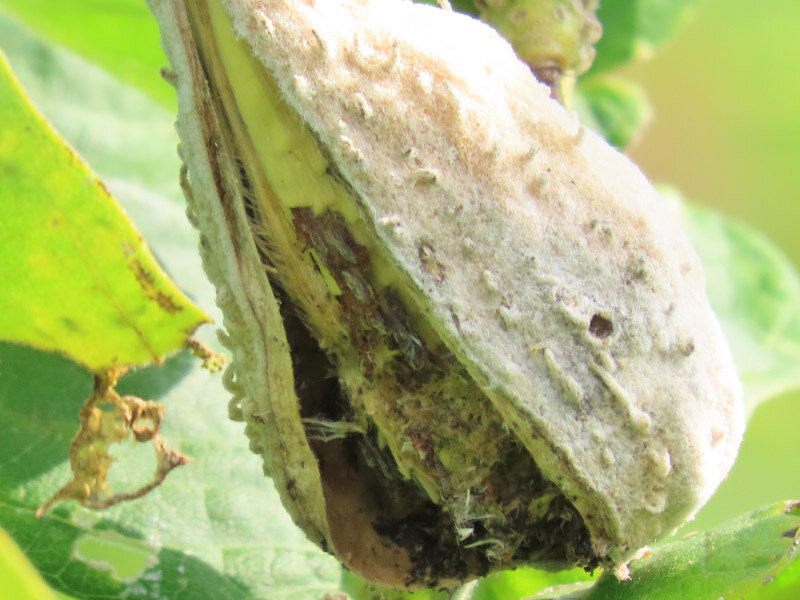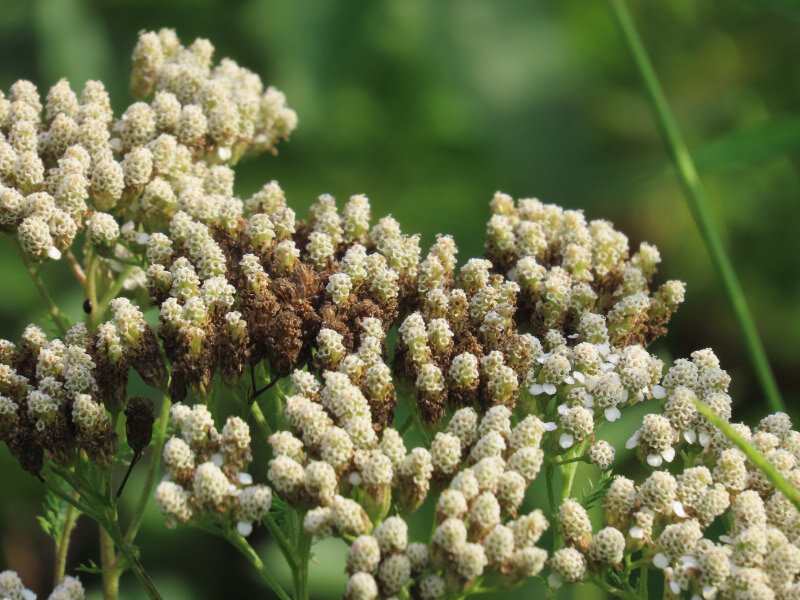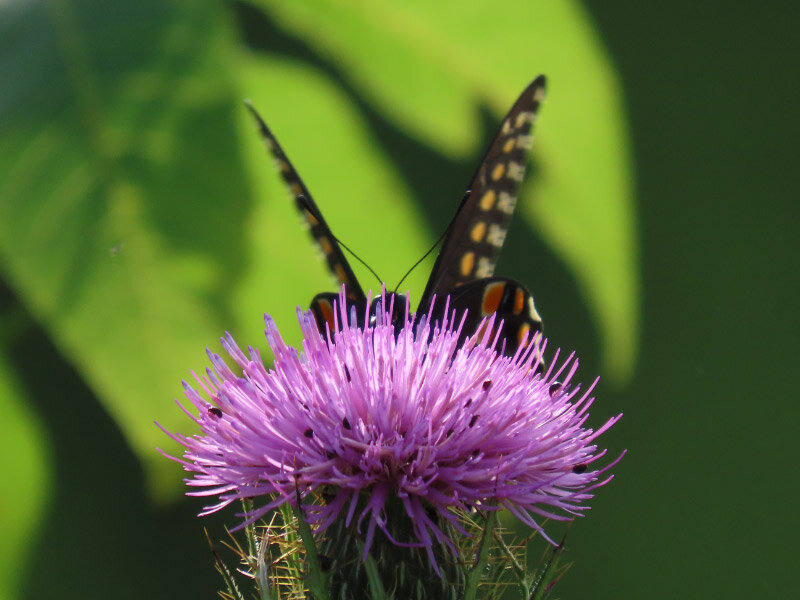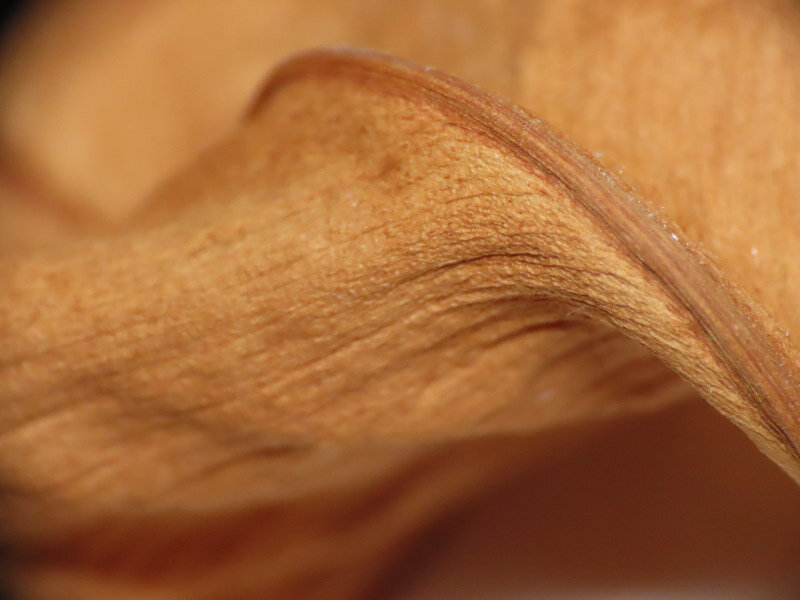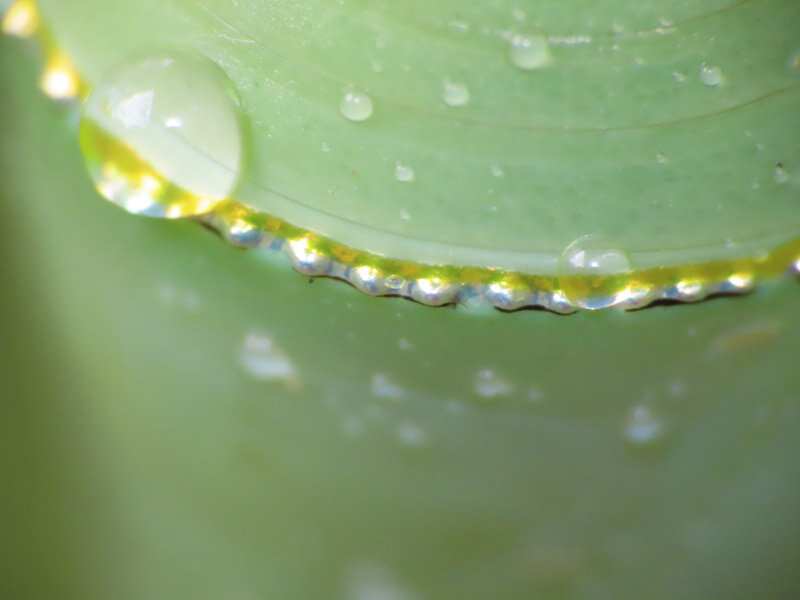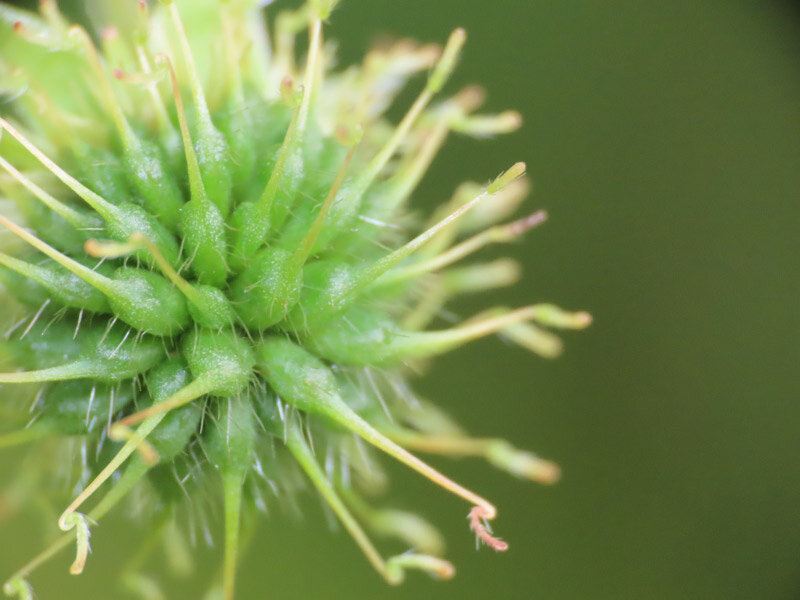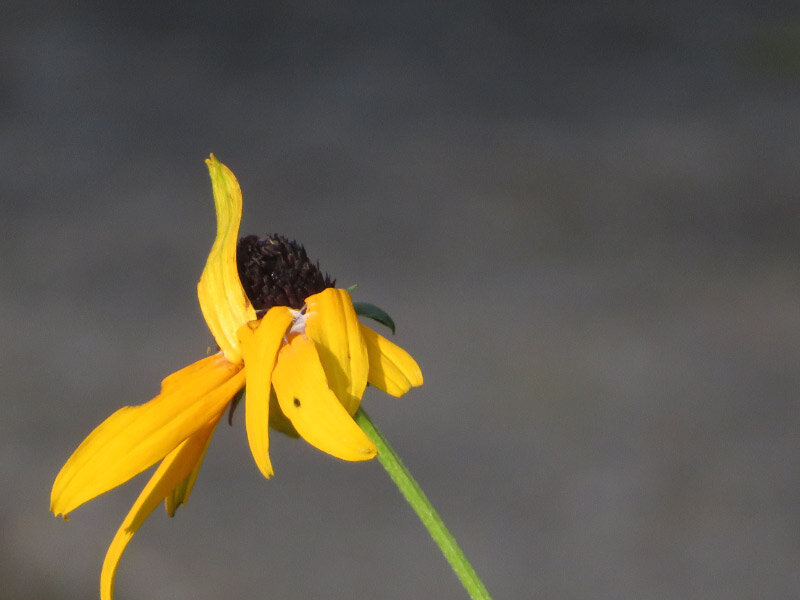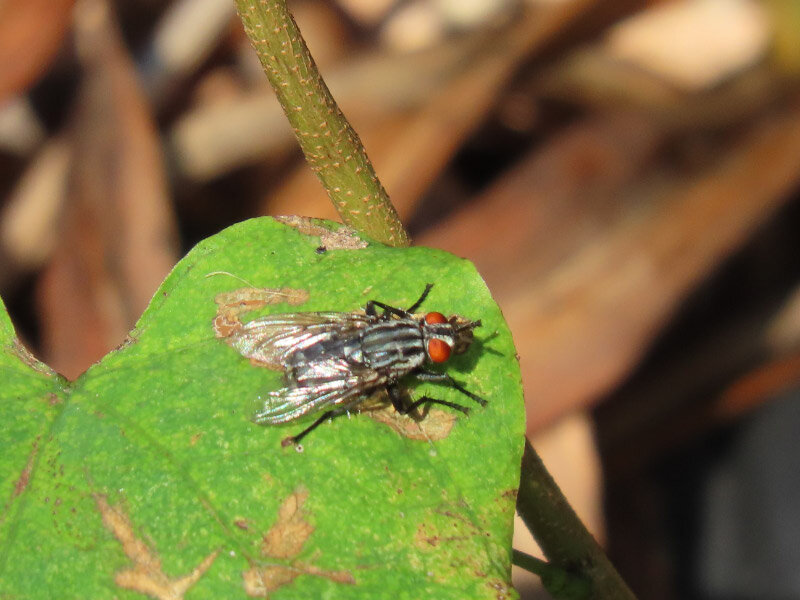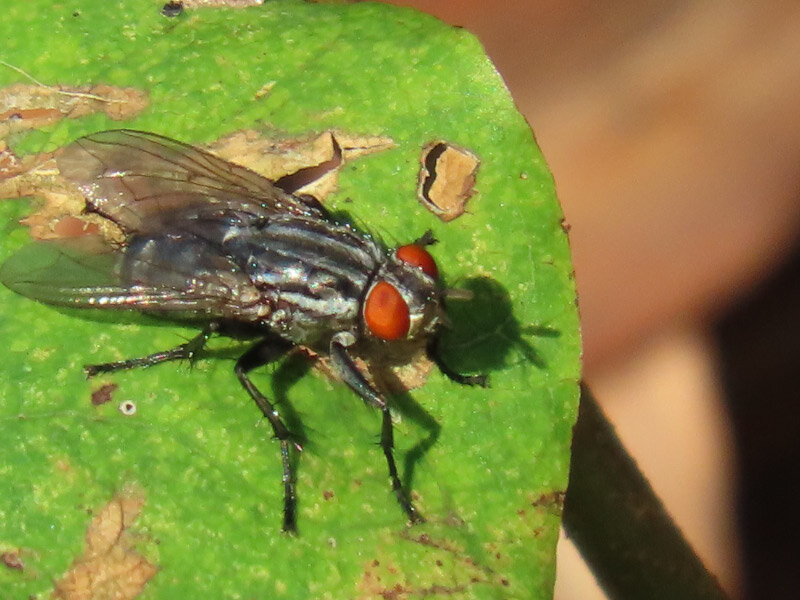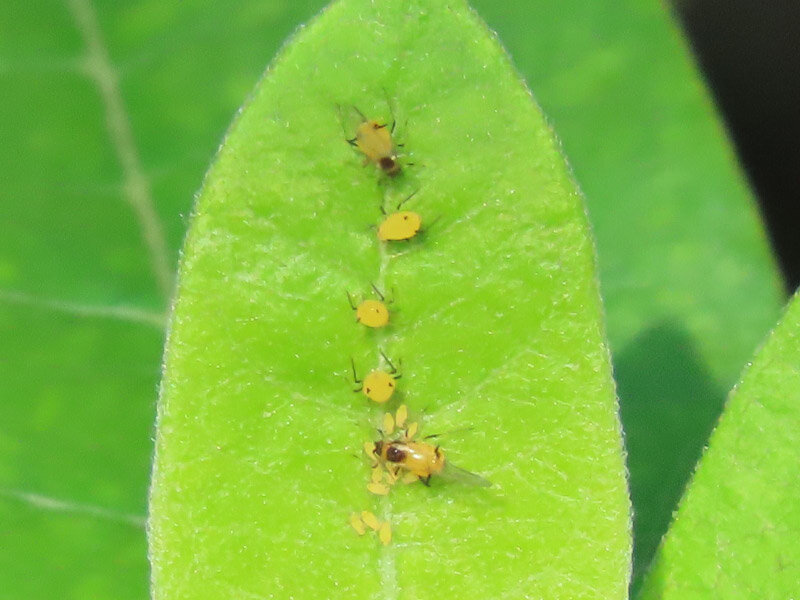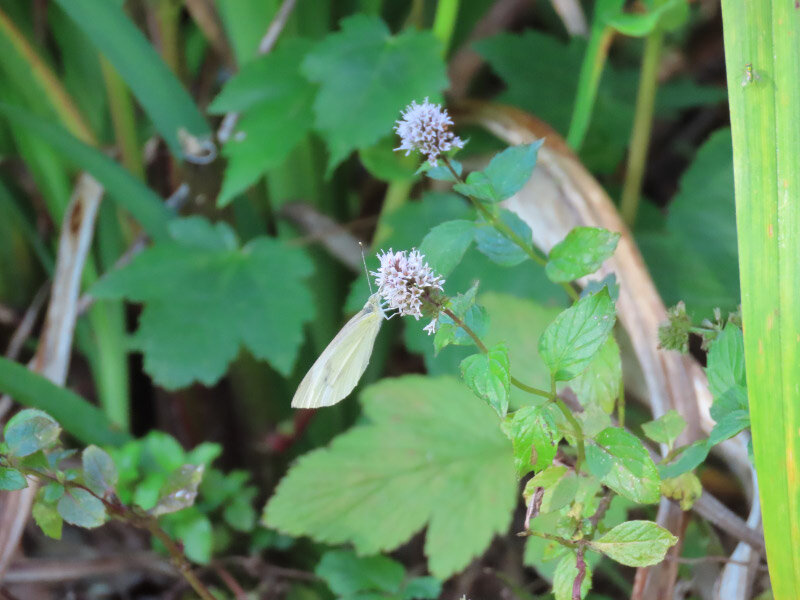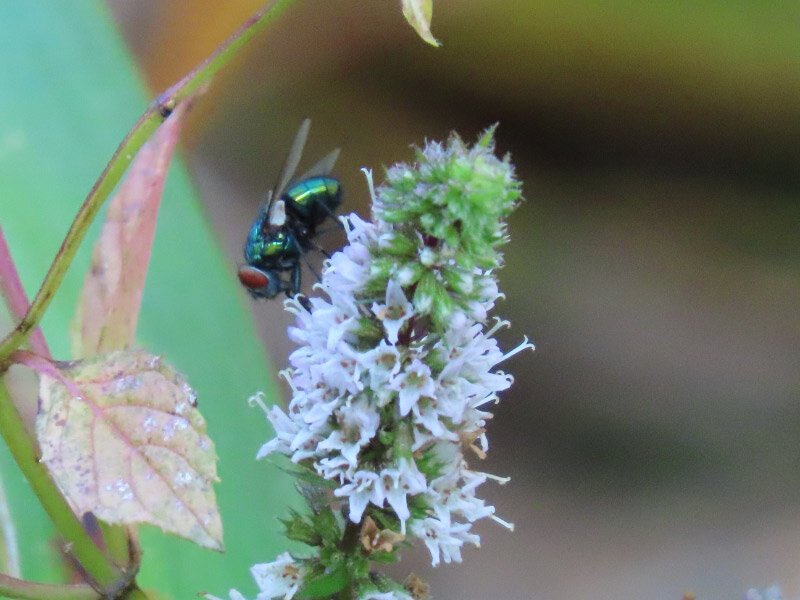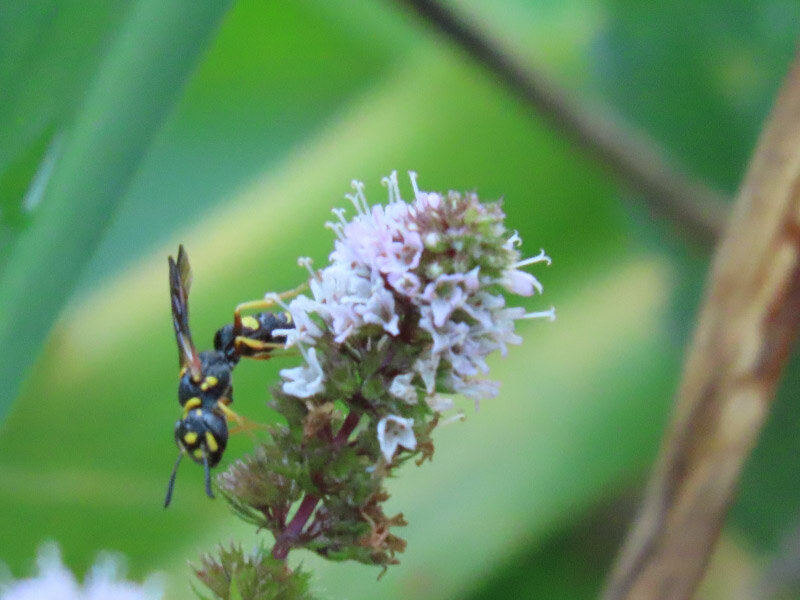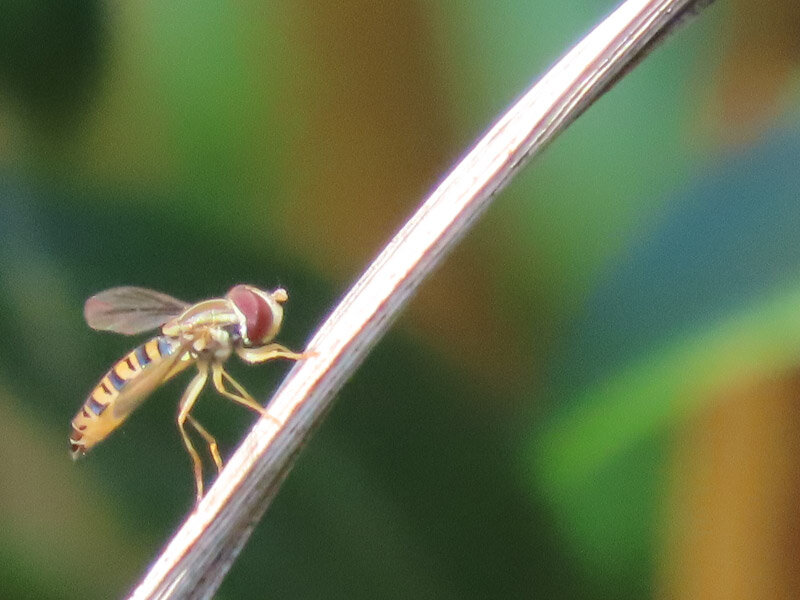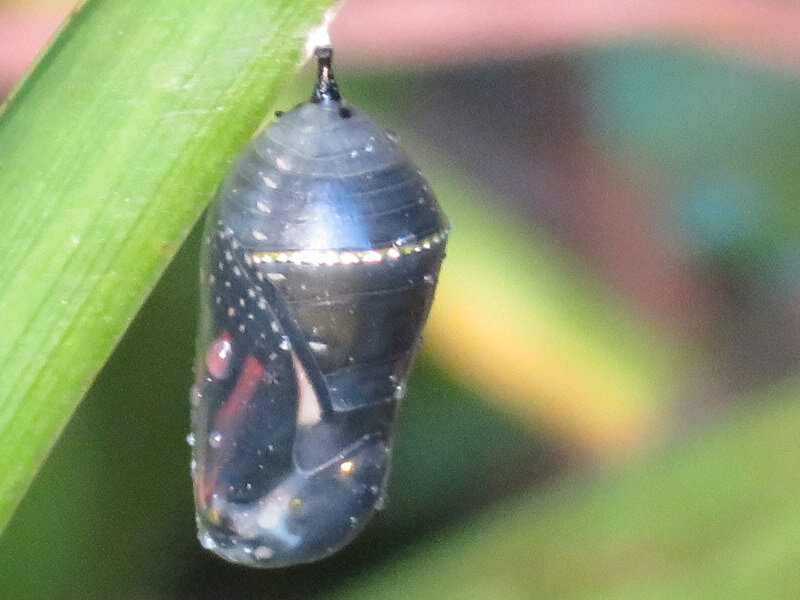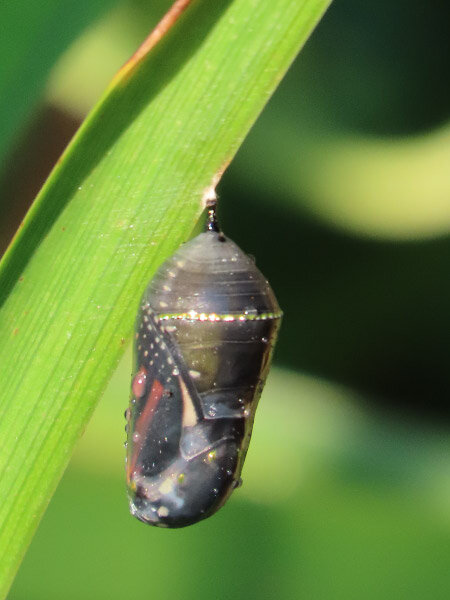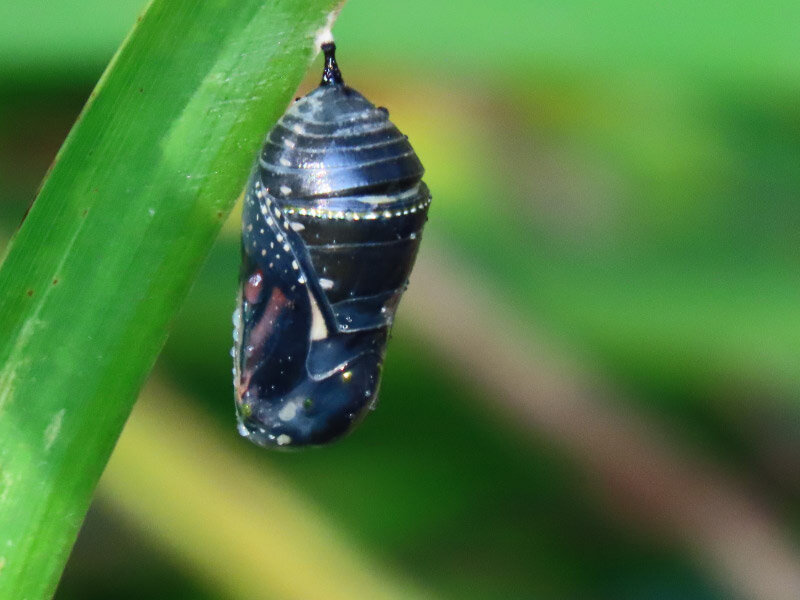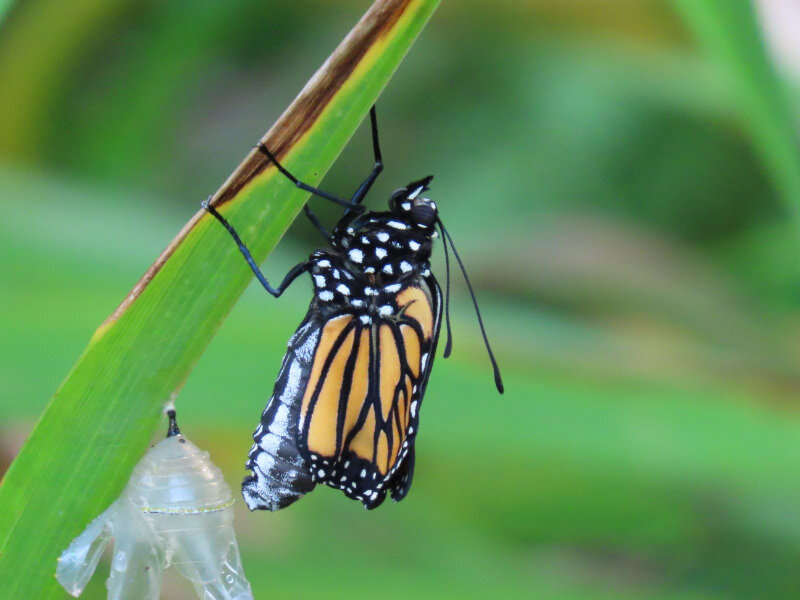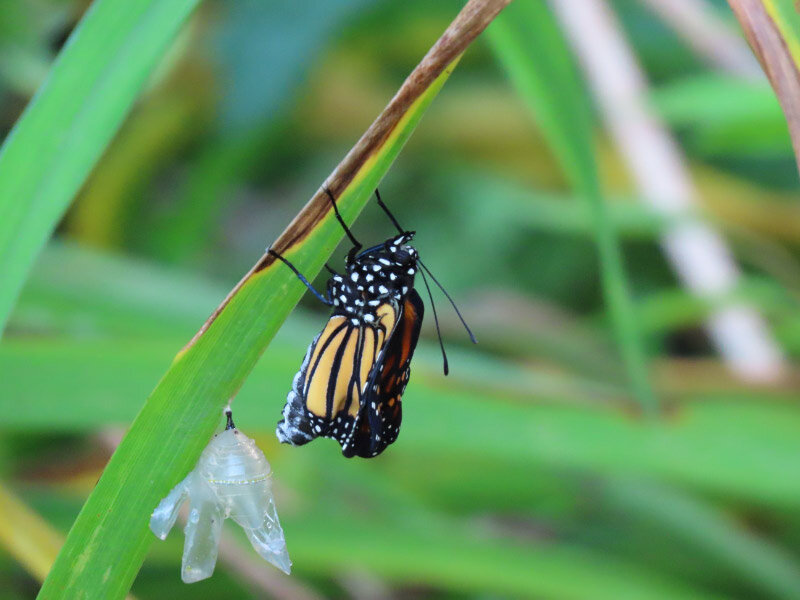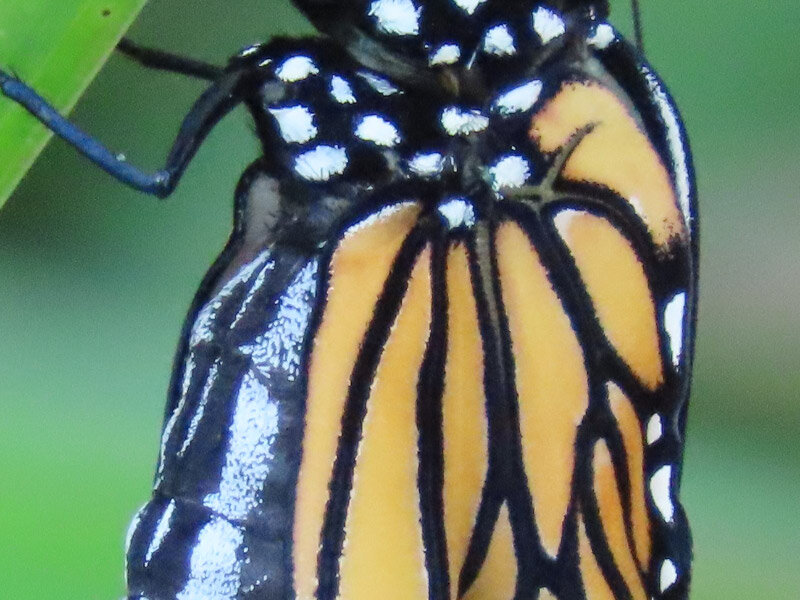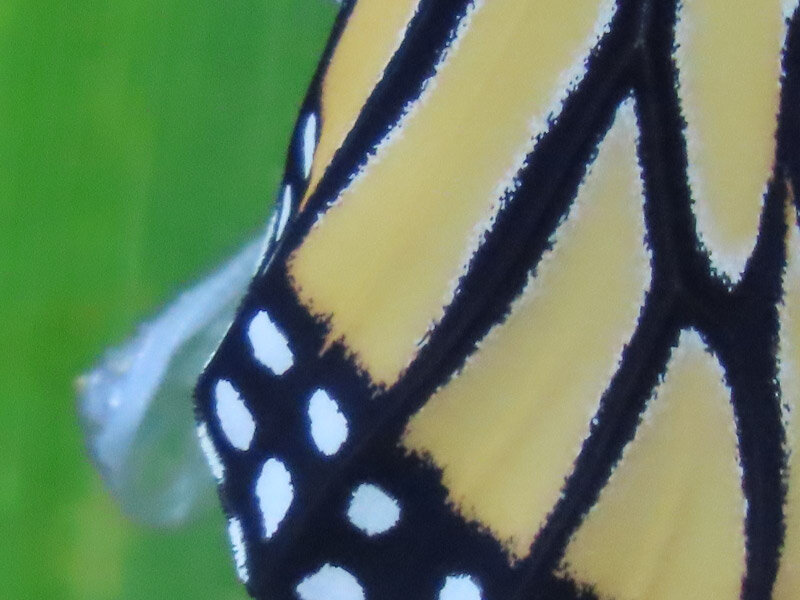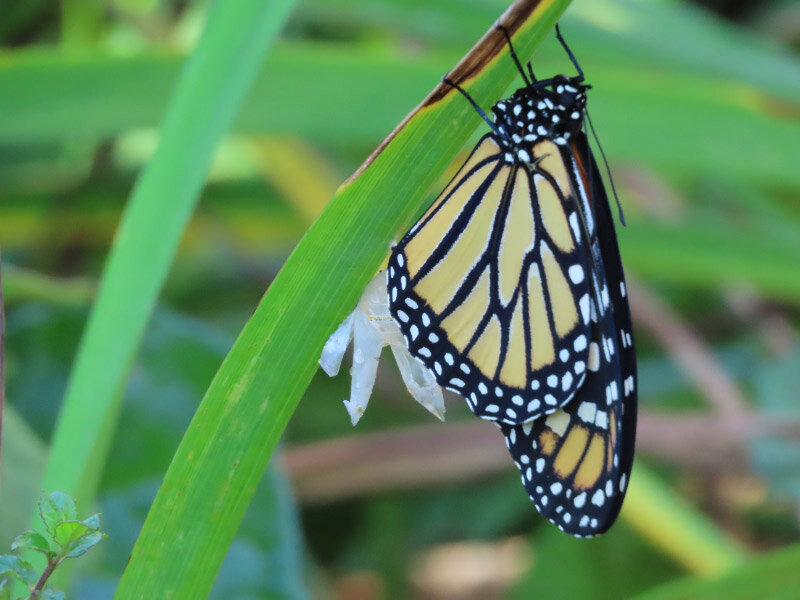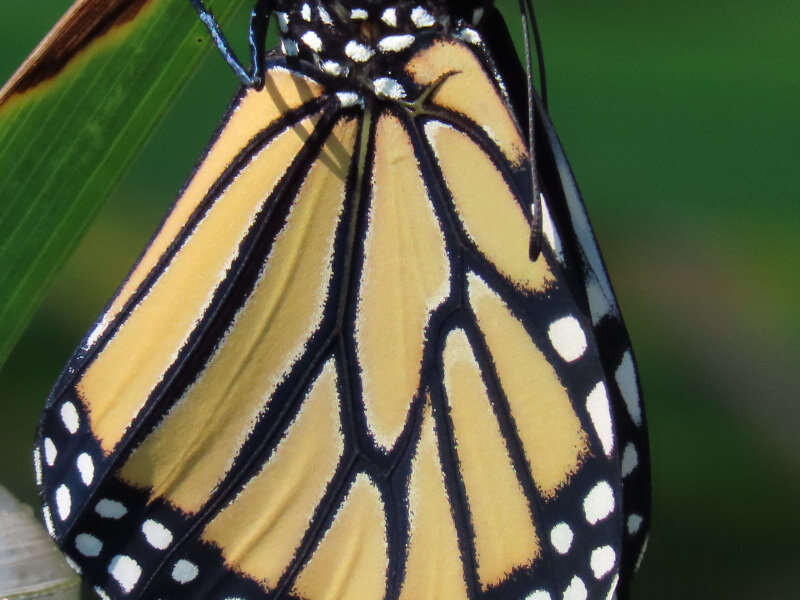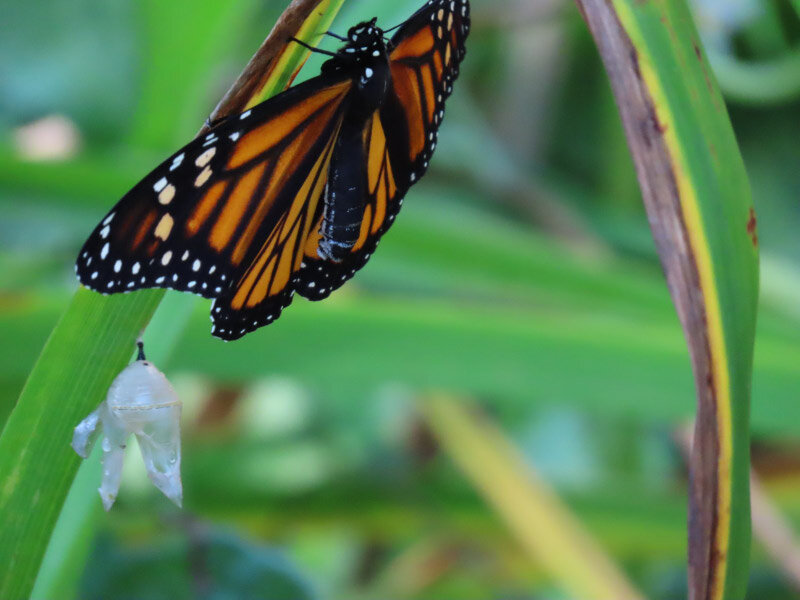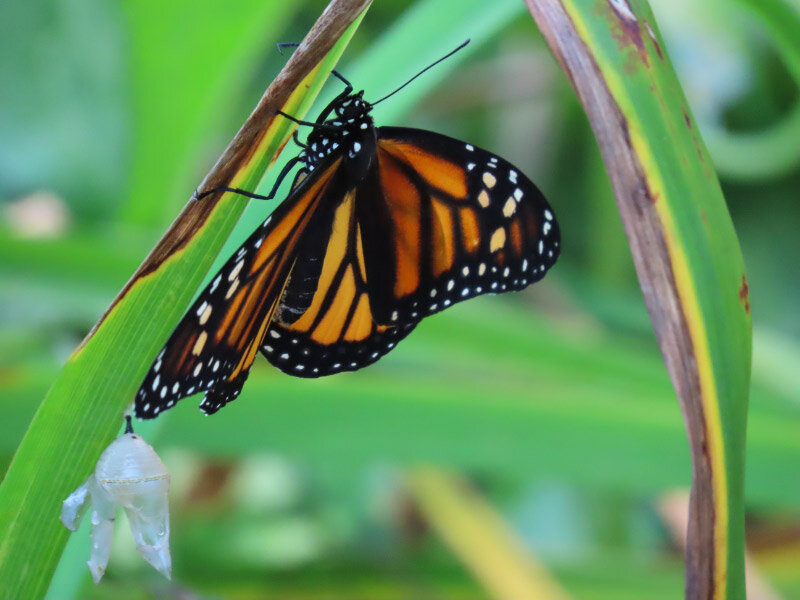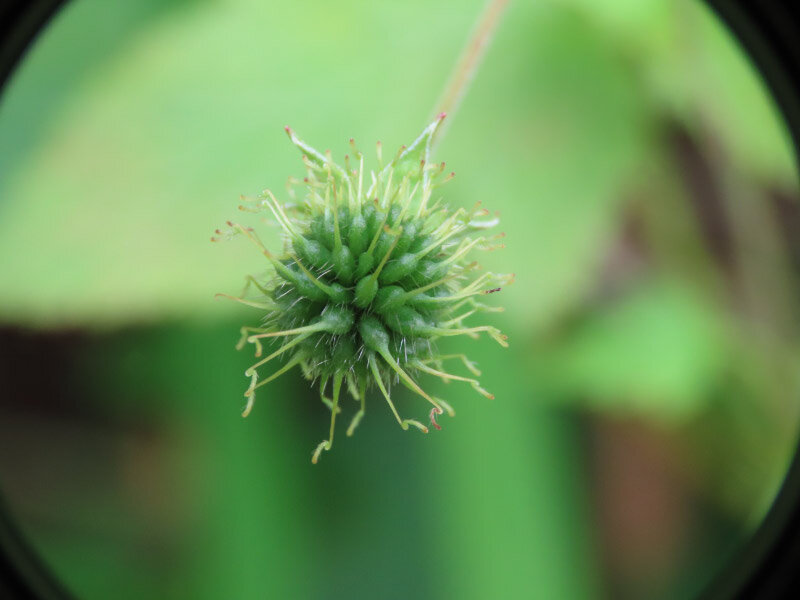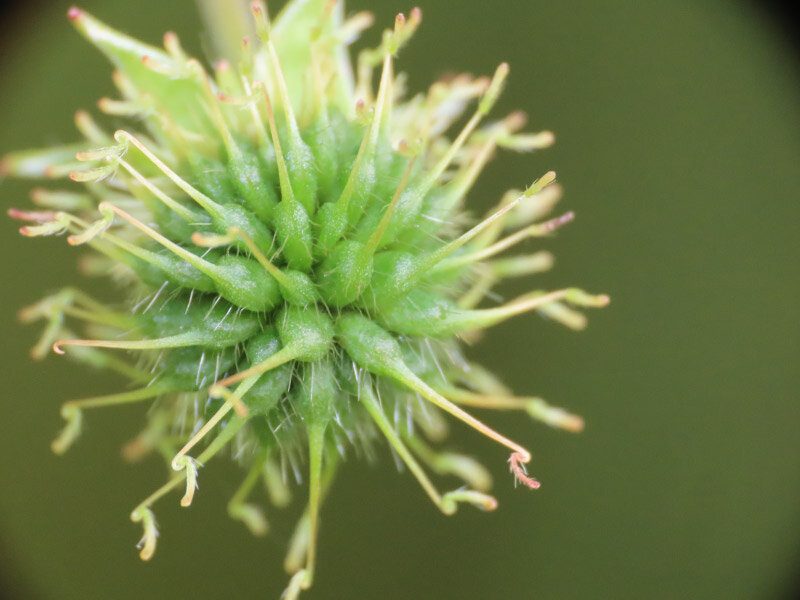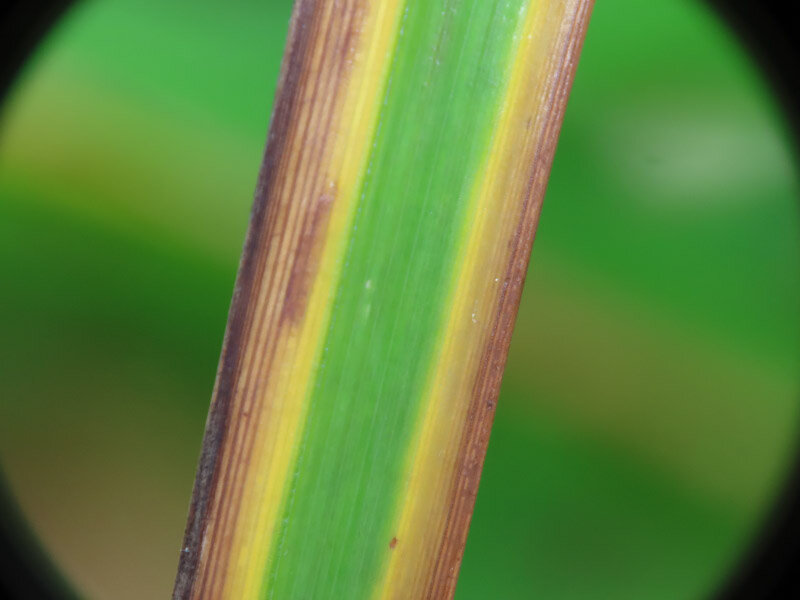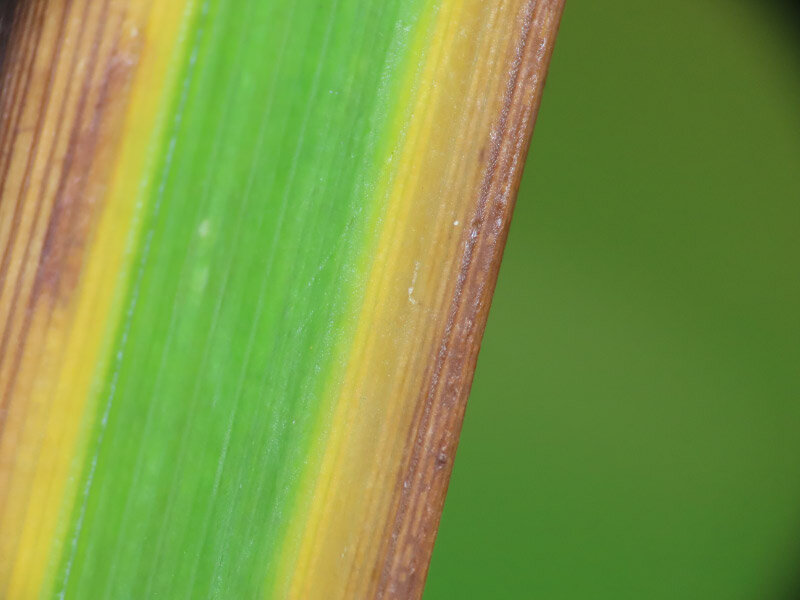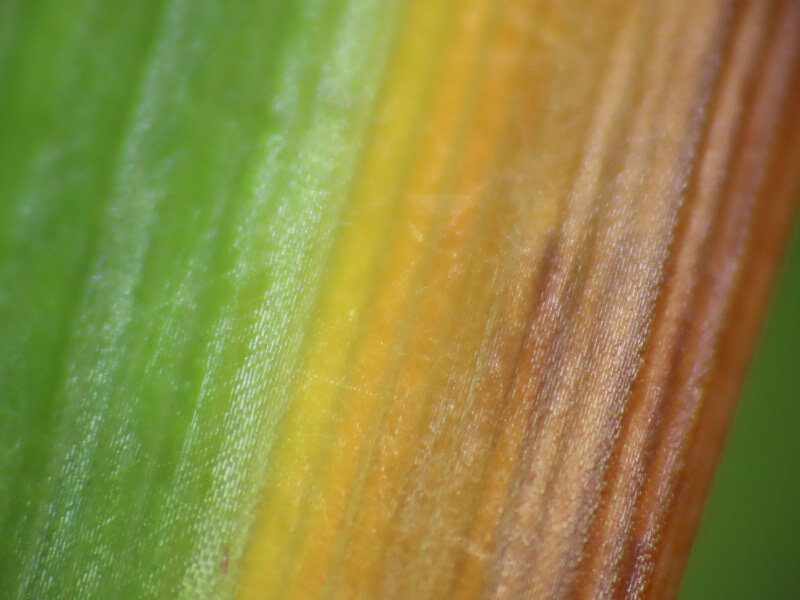J. Sturms Flora von Deutschland, in Abbildungen nach der Natur BD 5 * Sturm, Jakob; Krause, Ernst Hans Ludwig; Missbach, Ernst Robert; Lutz, K.G. * sample image * 1901
J. Sturms Flora von Deutschland, in Abbildungen nach der Natur BD 6 * Sturm, Jakob; Krause, Ernst Hans Ludwig; Missbach, Ernst Robert; Lutz, K.G. * sample image * 1902
J. Sturms Flora von Deutschland, in Abbildungen nach der Natur BD 7 * Sturm, Jakob; Krause, Ernst Hans Ludwig; Missbach, Ernst Robert; Lutz, K.G. * sample image * 1902
J. Sturms Flora von Deutschland, in Abbildungen nach der Natur BD 8 * Sturm, Jakob; Krause, Ernst Hans Ludwig; Missbach, Ernst Robert; Lutz, K.G. * sample image * 1902
J. Sturms Flora von Deutschland, in Abbildungen nach der Natur BD 9 * Sturm, Jakob; Krause, Ernst Hans Ludwig; Missbach, Ernst Robert; Lutz, K.G. * sample image * 1901
J. Sturms Flora von Deutschland, in Abbildungen nach der Natur BD 10 * Sturm, Jakob; Krause, Ernst Hans Ludwig; Missbach, Ernst Robert; Lutz, K.G. * sample image * 1903
J. Sturms Flora von Deutschland, in Abbildungen nach der Natur BD 11 * Sturm, Jakob; Krause, Ernst Hans Ludwig; Missbach, Ernst Robert; Lutz, K.G. * sample image * 1903
J. Sturms Flora von Deutschland, in Abbildungen nach der Natur BD 12 * Sturm, Jakob; Krause, Ernst Hans Ludwig; Missbach, Ernst Robert; Lutz, K.G. * sample image * 1904
J. Sturms Flora von Deutschland, in Abbildungen nach der Natur BD 13 * Sturm, Jakob; Krause, Ernst Hans Ludwig; Missbach, Ernst Robert; Lutz, K.G. * sample image * 1905
J. Sturms Flora von Deutschland, in Abbildungen nach der Natur BD 14 * Sturm, Jakob; Krause, Ernst Hans Ludwig; Missbach, Ernst Robert; Lutz, K.G. * sample image * 1905
De frvctibvs et seminibvs plantarvm V2 * Gaertner, Joseph; Sturm, J.G. * sample image * 1788
Flore d'Amérique, dessinée d'après nature sur les lieux * Denisse, Etienne * sample image * 1843
Flore d'Amerique : dediée à la Société Linnéenne de Bordx. * Denisse, Etienne * sample image * 1835
Coloured figures of English fungi or mushrooms * Sowerby, James * sample image * 1797
Descriptio et adumbratio microscopico - analytica muscorum frondosorum - nec non aliorum vegetantium V 1-2 * Hedwig, Johannes * sample image * 1787
Fvndamentvm historiae natvralis mvscorvm frondosorvm concernens eorvm flores frvetes, seminalem propagationem, adiecta genervm dispositione methodica V 1-2 * Hedwig, Johannes * sample image * 1782
Exactissima descriptio rariorum quarundam plantarum, que continentur Rome in Horto Farnesiano * Aldini, Tobia; Castelli, Pietro * sample image * 1625
Horti academici Lugduno-Batavi catalogus : exhibens plantarum omnium nomina, quibus ab anno MDCLXXXI ad annum MDCLXXXVI hortus fuit instructus ut & plurimarum in eodem cultarum & à nemine hucusque editarum descriptiones & icones * Hermann, Paul * sample image * 1687
Botanica curiosa oder Nützliche Anmerckungen, wie einige frembde Kräuter und Blumen * Stisser, Johann Andreas * sample image * 1697
Hortus Herrenhusanus - seu Plantae rariores quae in Horto Regio Herrenhusano prope Hannoveram coluntur * Wendland, Johann Christoph * sample image * 1798
Botanische Beobachtungen : nebst einigen neuen Gattungen und Arten * Wendland, Johann Christoph * sample image * 1798






